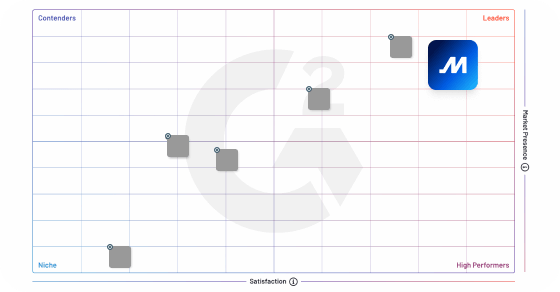The 60-hour limit, also known as the 60-hour rule, is a regulation imposed by the Federal Motor Carrier Safety Administration (FMCSA) on the trucking industry. The rule specifies that a truck driver may not drive more than 60 hours in a period of seven consecutive days or more than 70 hours in a period of eight consecutive days.
The purpose of the 60-hour limit is to prevent driver fatigue, which is one of the leading causes of accidents in the trucking industry. The rule aims to ensure that drivers have adequate rest and do not push themselves beyond their physical limits.
The 60-hour limit applies to drivers who operate commercial motor vehicles (CMVs) that require a commercial driver’s license (CDL). The regulation applies to drivers who transport goods or passengers across state lines or operate CMVs that weigh more than 10,000 pounds.
The 60-hour limit is enforced through electronic logging devices (ELDs), which are installed on CMVs to record the driver’s hours of service. ELDs are designed to prevent drivers from exceeding the 60-hour limit and to provide accurate records of a driver’s hours of service.
It is important to note that the 60-hour limit is not a suggestion or a guideline; it is a federal regulation that carries penalties for non-compliance. Violations of the 60-hour limit can result in fines, suspension of a driver’s CDL, and even imprisonment in some cases.
Frequently Asked Questions
What is the 60-hour rule?
The 60-hour rule refers to the maximum number of hours a commercial driver can be on duty within a consecutive 7-day period under the United States Federal Motor Carrier Safety Administration (FMCSA) regulations. According to this rule, a driver must not exceed 60 hours of on-duty time in a 7-day period. Once the 7-day period ends, the driver’s on-duty hours reset, and they must ensure compliance with the 60-hour limit in the subsequent period.
What is the 60-hour rule for FMCSA?
The 60-hour rule for FMCSA refers to the maximum number of hours a commercial driver can be on-duty in a consecutive 7-day period. According to this rule, a driver must take at least 34 consecutive hours off-duty before reaching a total of 60 hours on-duty. This is designed to ensure that drivers have adequate rest and prevent fatigue-related accidents on the road.
Which exception resets the 60 or 70 hour limit?
The 34-hour restart exception resets the 60 or 70 hour limit. This exception allows drivers to reset their weekly driving limit by taking a continuous 34-hour rest period, which must include two periods between 1 a.m. and 5 a.m. This exception is available once every seven days and helps drivers manage their hours of service while still maintaining safety on the road.



